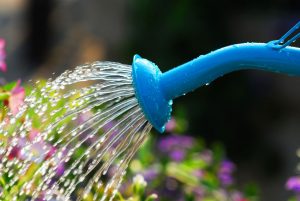Whether we’re caring for plants or flowers, we want them to thrive in our home. However, in our desire to keep them healthy, we often go overboard. Many plant parents tend to overwater their plants because they fear underwatering them. Yet, overwatering can harm your plants just as much as underwatering. Here, we discuss the top signs of overwatering so you can bring your plants back to good health.
Wilting plants
Are your plants wilting even though the soil is wet? Then you’re likely overwatering them. To prevent this, you should only water your plants when the soil is dry at least an inch deep.
Brown or yellow leaves
If your plant’s gorgeous, green leaves are turning brown or yellow, then this is another sign of overwatering. Your plant may even still be sprouting new leaves. However, these leaves will quickly turn yellow while old ones will turn brown and wilt.
Edema
When a plant takes in too much water, its cells expand and rupture. These ruptures appear as lesions or blisters on your plant which then turn into white or dark scar tissue. This phenomenon is called edema, and it can harm your plant’s health in the short term and long term.
Root rot
When the soil is filled with water, the roots are unable to get enough oxygen. In other words, they literally begin to drown. As this happens, they’ll turn gray, brown, or slimy and cause the plant to wilt. This is a fungal disease called root rot and it can even spread to other plants in your garden bed.
Taking good care of your plants and flowers can ensure they live healthy and long lives. For more plant and flower tips, read through our blog!